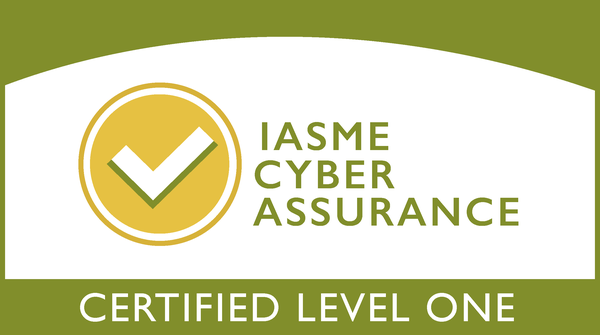The benefits of Business Simulation Games for Leadership Development have been well articulated. For example, see our White Paper – “How effective is Simulation-Based Learning” which collates multiple sources of research on Business Simulation benefits.
There are two main ways Business Simulators can be used to support Leadership and Management Development in an organization – Tactical and Strategic.
The Tactical approach involves using Simulations as centrepieces of leadership skill / team-building events based on the perceived short-term needs of specific groups in the organization.
The Strategic approach employs Simulations as an important (but not the only) component of a Leadership Development Programme.
There is no right approach and it is definitely not the case that the Strategic approach is what all organizations should be aiming for and the Tactical approach is the “booby prize”.
Which approach is best for an organization depends very much on the specific situation and in some cases both approaches can be blended together. Certainly, if you adopt the Strategic approach you should ensure you pilot Simulations before you roll them out in a similar fashion to the Tactical approach.
This article differentiates between the two approaches to help organizations select which is the best way for them to move forward. It also concludes with a simple road-map you can use to guide you as you try to introduce Business Simulations in your organization.
Some Definitions
The Tactical Approach
Somebody senior identifies that a particular group of managers/leaders in an organization (or business unit if a large enterprise) need to develop or enhance certain skills to be more successful usually within a near-term time window. The driver may be a past problem or situation which has developed or a new opportunity which has presented itself. One or more standalone events may be organized or else time found within other planned leadership conferences and get-togethers.
The Strategic Approach
The organization identifies in advance the core development needs of different job types over a 2-3 year period usually organized by seniority levels. Other development needs may be added to these core needs to take into account the specific business areas these jobs operate in and/or their core disciplines (e.g. Finance or Sales). The organization may also have acquired or developed a competency model to help them in identifying specific skills by job/experience.
The Kirkpatrick Model
The Kirkpatrick Model is an important and well-respected framework for validating investments in Management and Leadership Development.
The model suggests 4 different levels of value from any people-related investment:
Level 1: Reaction
Level 2: Learning
Level 3: Behaviour
Level 4: Results
More details on the model are available here: “Using the Kirkpatrick Model to enhance Discovery Learning for Leadership Development”.
The Tactical and Strategic approaches contrasted
The table below attempts to contrast the two approaches using ten key characteristics:

A Road-map for introducing Business Simulations into your organization
Scenario 1: No Organizational Leadership Development Program exists
If this is the case, you should consider developing a mini LDP using the Learning Maps approach then proceed as in Scenario 2. For more on this topic see “Using Learning Maps to Design better Leadership Development Programmes”.
Alternatively you can take a more bottom-up approach as follows:
a. Inventory existing Leadership and Management Courses (and other development activities)
b. Gather feedback on each course’s effectiveness from participants and sponsors
c. Create a matrix of Key Leadership Jobs by Seniority Levels (typically 3)
d. Identify the number of staff in each Job/Seniority category
e. For each category define/gather key responsibilities and essential skills/behaviours/experience/qualifications
f. Map existing courses to the Jobs matrix noting in particular categories without courses and courses with categories
g. Now proceed as in Scenario 2.
Scenario 2 – Organizational Leadership Development Program Already Exists
Armed with the knowledge of the generic and specific benefits of Business Simulations - review your LDP to identify where a Business Simulator would make most sense.
Summary
The benefits of Business Simulations in Leadership Development have been well researched and articulated. There are 2 different ways organizations use Simulations – Tactically or Strategically. There are pros and cons of each approach and a blended approach also has its merits. It is down to the specific organization to work out what is best for them. We propose a simple road-map to help organizations introduce Business Simulation games based on their specific needs and challenges which works whether they have Leadership Development Programme in place or not.



